Sale!
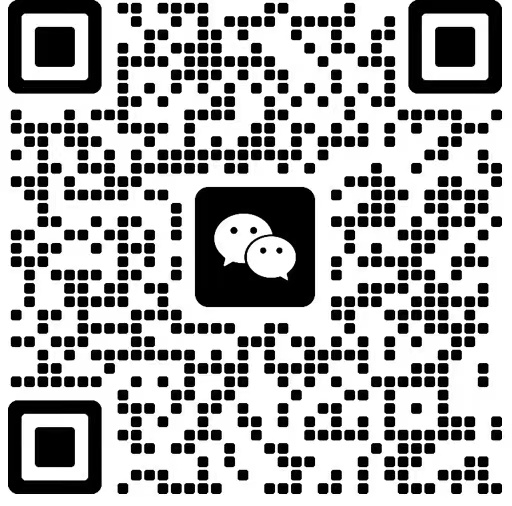

AIR CONTROL UNIT ACU-01 安全关键系统的基于控制障碍函数的二次规划
¥4,445.00
【产品参数Datasheet】
部件型号:ACU-01
原产地: 瑞典/德国/爱沙尼亚/美国/墨西哥
产品名称:模块/控制器/伺服器
保修期:12个月/365天
产品状态:停产/在生产
库存量:有货
运费:根据当地货运代理的不同,应以不同地区的运费为准。
是否包含关税:不包含任何税费
包装:使用卖方安全包装
wechatPhone +8613822101417
Phone: +86 13822101417
Email: sauldcsplc@gmail.com
connect:Simon

Description
安全关键系统涉及潜在冲突的控制目标和安全约束之间的紧密耦合。ACU-01作为创建这种形式的控制系统的正式框架的一种方式,并着眼于汽车应用,本文开发了一种方法,允许在基于实时优化的控制器环境中,将安全条件(表示为控制屏障函数)与性能目标(表示为控制李亚普诺夫函数)统一起来。安全条件根据集合的前向不变性来指定,并通过屏障函数的两种新颖推广来验证;在每种情况下,满足类李亚普诺夫条件的屏障函数的存在意味着集合的前向不变性,并且这两类屏障函数之间的关系被表征。
此外,这些公式中的每一个都产生控制屏障函数(CBF)的概念,ACU-01在控制输入中提供不等式约束,当满足这些约束时,再次暗示集合的前向不变性。通过这些构造,在二次规划(QP)的背景下,CBFs可以自然地与控制李亚普诺夫函数(CLFs)统一;这使得控制目标(由CLFs表示)的实现受到系统容许状态(由CBFs表示)条件的约束。自适应巡航控制和车道保持演示了通过QP调节安全性和性能的过程,这两个汽车控制问题既涉及安全性和性能考虑,又涉及执行器限制。

Safety critical systems involve close coupling between control objectives and security constraints that may potentially conflict. As a formal framework for creating this form of control system, ACU-01 focuses on automotive applications and develops a method that allows for the unification of safety conditions (represented as control barrier functions) and performance objectives (represented as control Lyapunov functions) in a real-time optimized controller environment. The safety conditions are specified based on the forward invariance of the set and verified through two novel extensions of the barrier function; In each case, the existence of barrier functions that satisfy the Lyapunov like condition implies the forward invariance of the set, and the relationship between these two types of barrier functions is characterized.
In addition, each of these formulas generates the concept of Control Barrier Function (CBF), where ACU-01 provides inequality constraints in the control input, and when these constraints are met, it once again implies the forward invariance of the set. Through these constructions, in the context of quadratic programming (QP), CBFs can naturally be unified with control Lyapunov functions (CLFs); This makes the implementation of control objectives (represented by CLFs) constrained by the system’s allowable state (represented by CBFs) conditions. Adaptive cruise control and lane keeping demonstrate the process of adjusting safety and performance through QP, both of which involve safety and performance considerations as well as actuator limitations.
In addition, each of these formulas generates the concept of Control Barrier Function (CBF), where ACU-01 provides inequality constraints in the control input, and when these constraints are met, it once again implies the forward invariance of the set. Through these constructions, in the context of quadratic programming (QP), CBFs can naturally be unified with control Lyapunov functions (CLFs); This makes the implementation of control objectives (represented by CLFs) constrained by the system’s allowable state (represented by CBFs) conditions. Adaptive cruise control and lane keeping demonstrate the process of adjusting safety and performance through QP, both of which involve safety and performance considerations as well as actuator limitations.

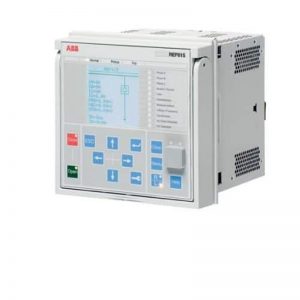
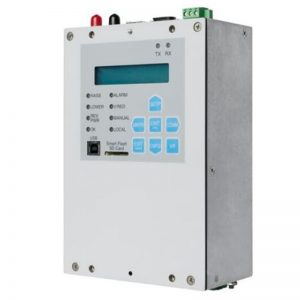
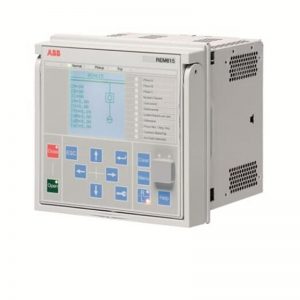
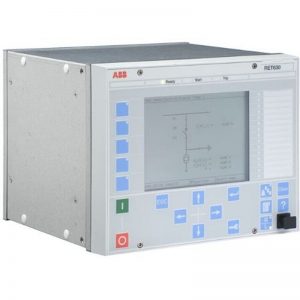

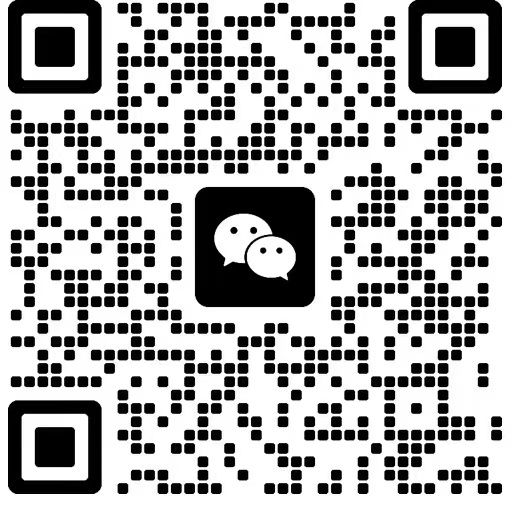
Reviews
There are no reviews yet.